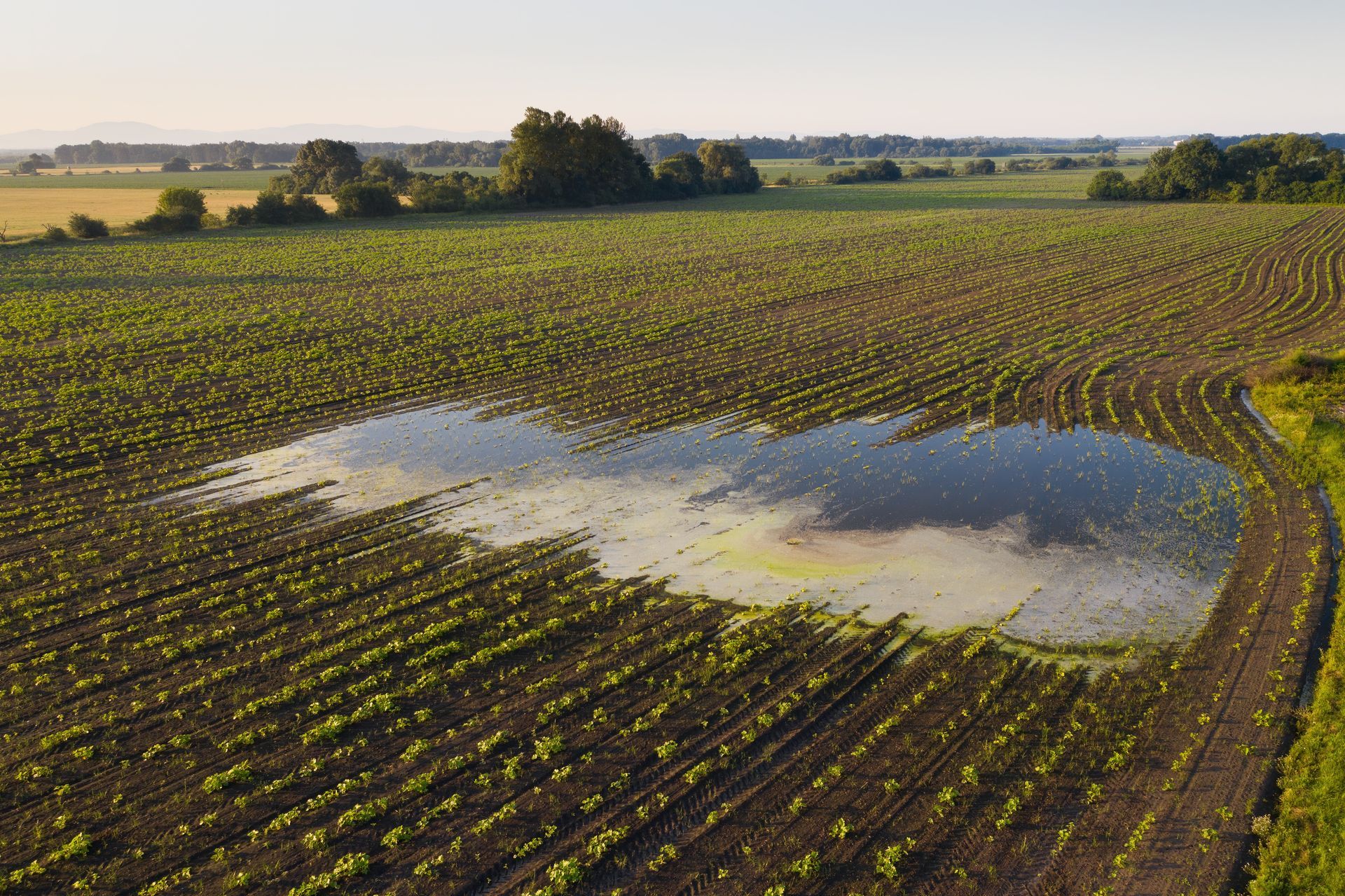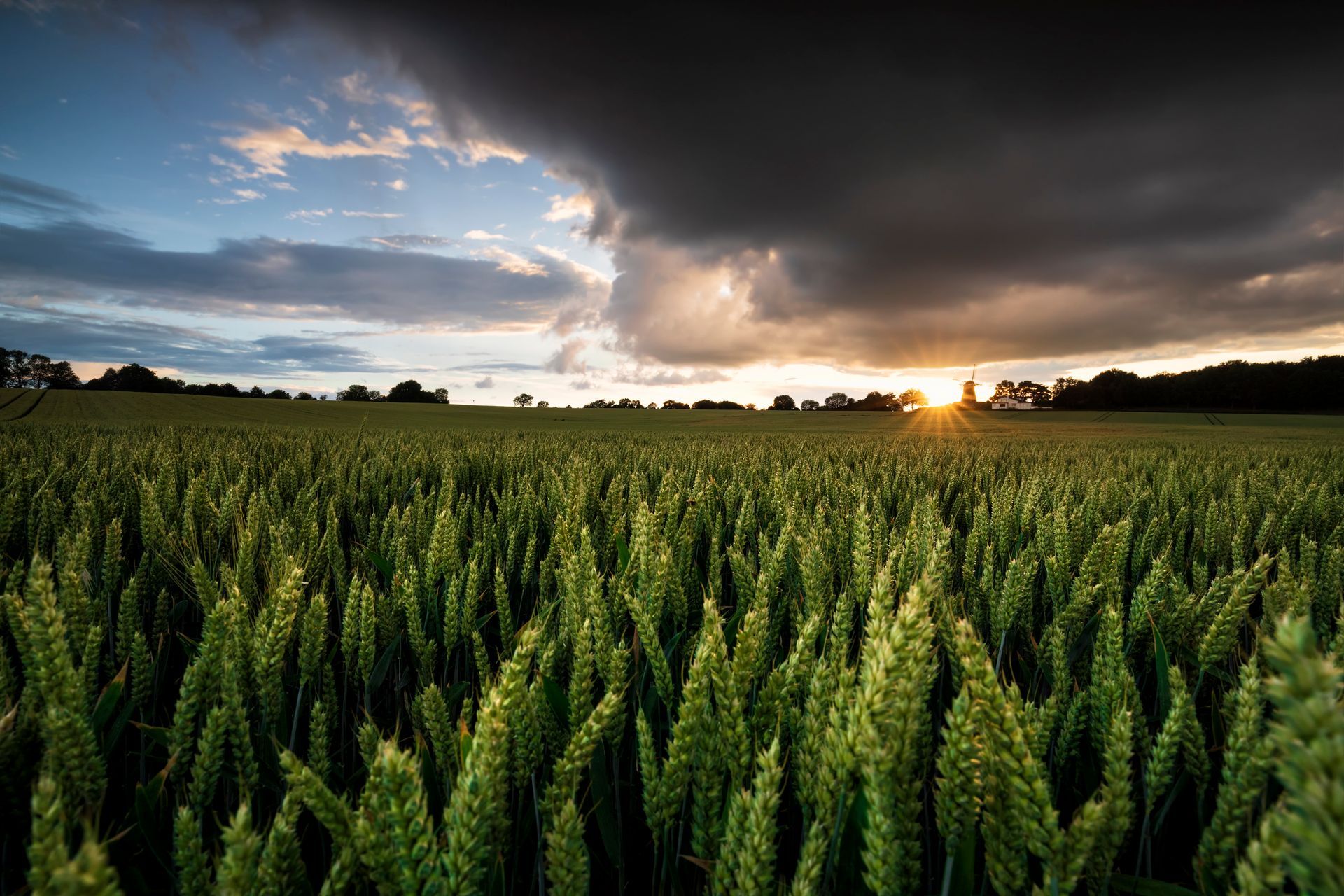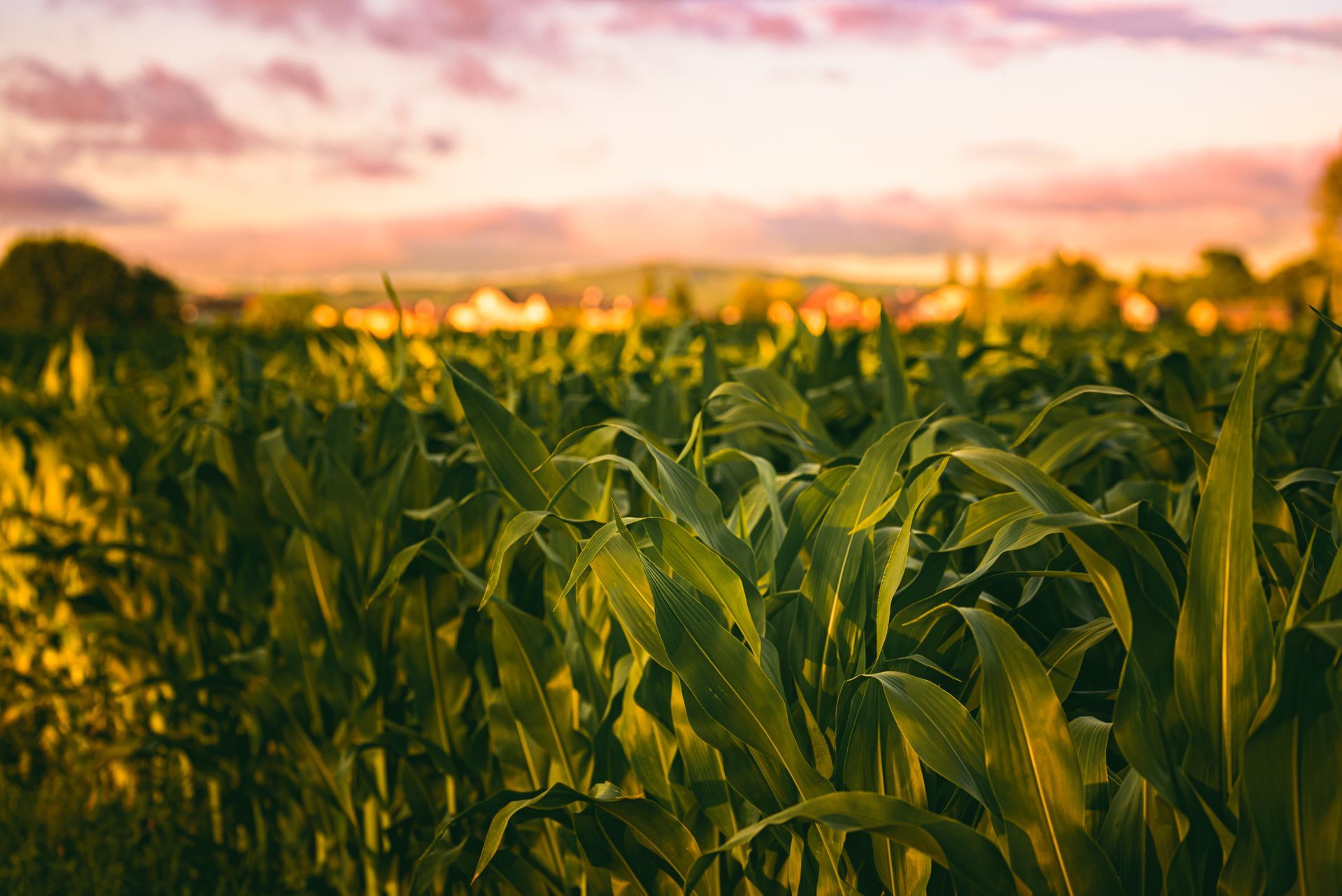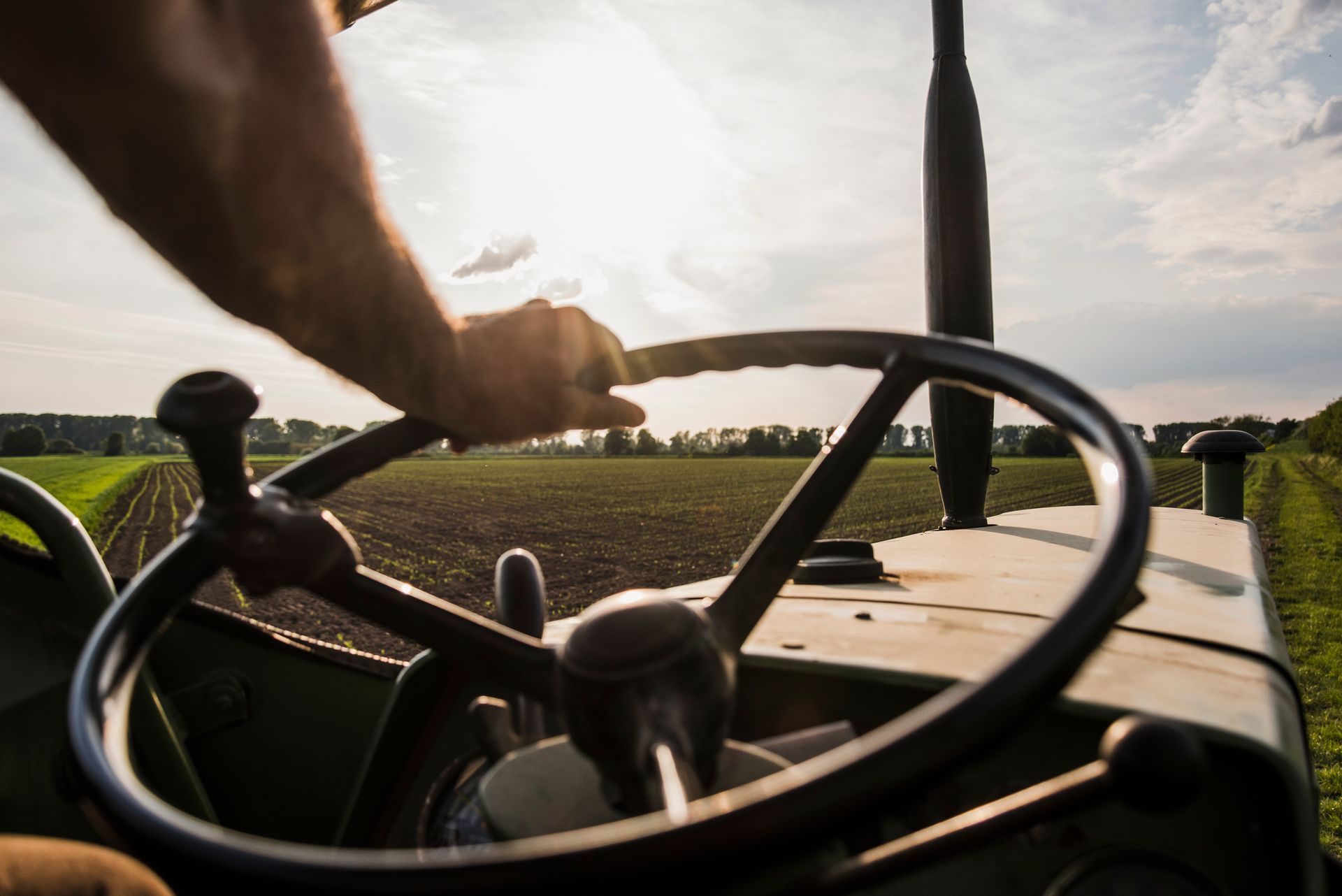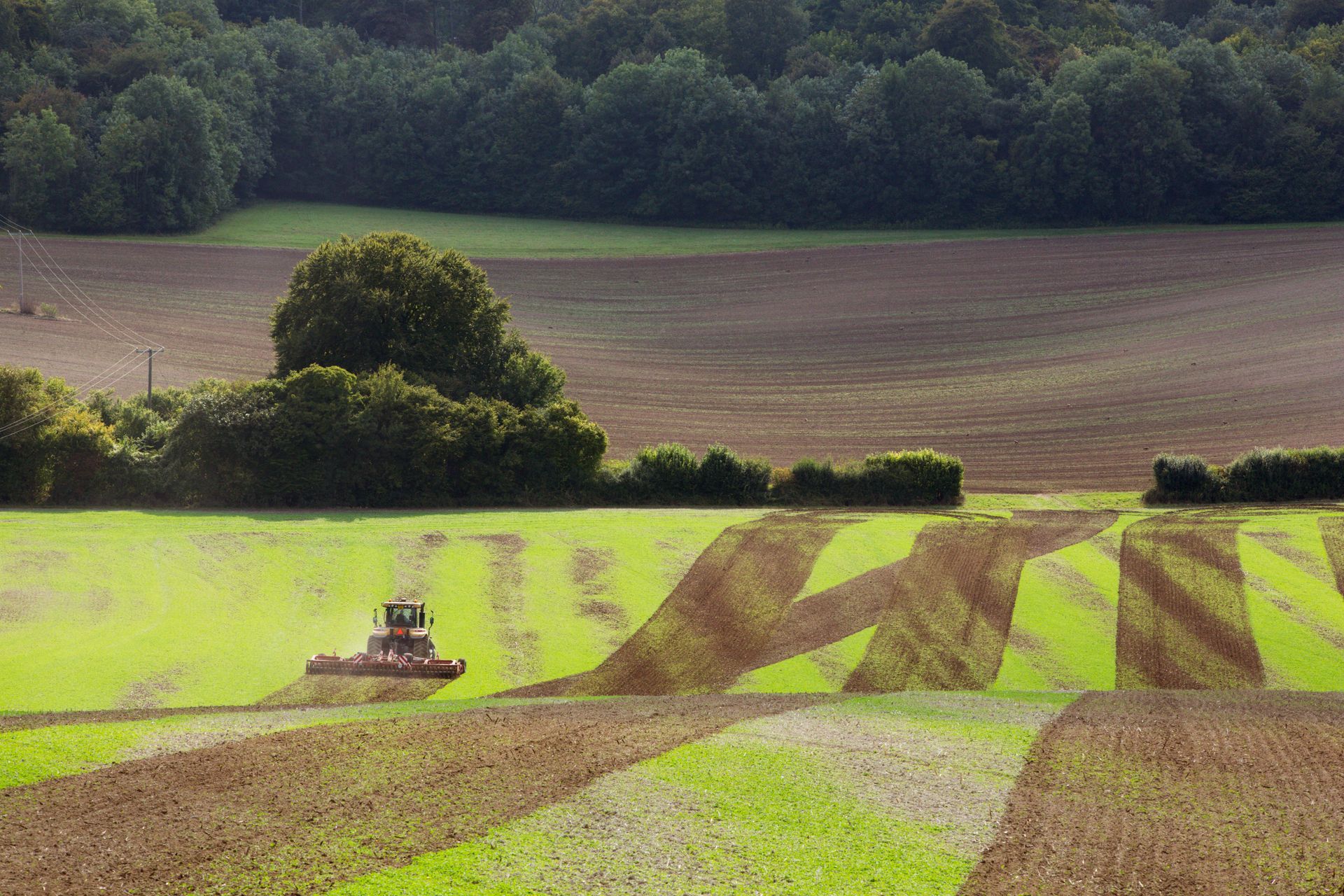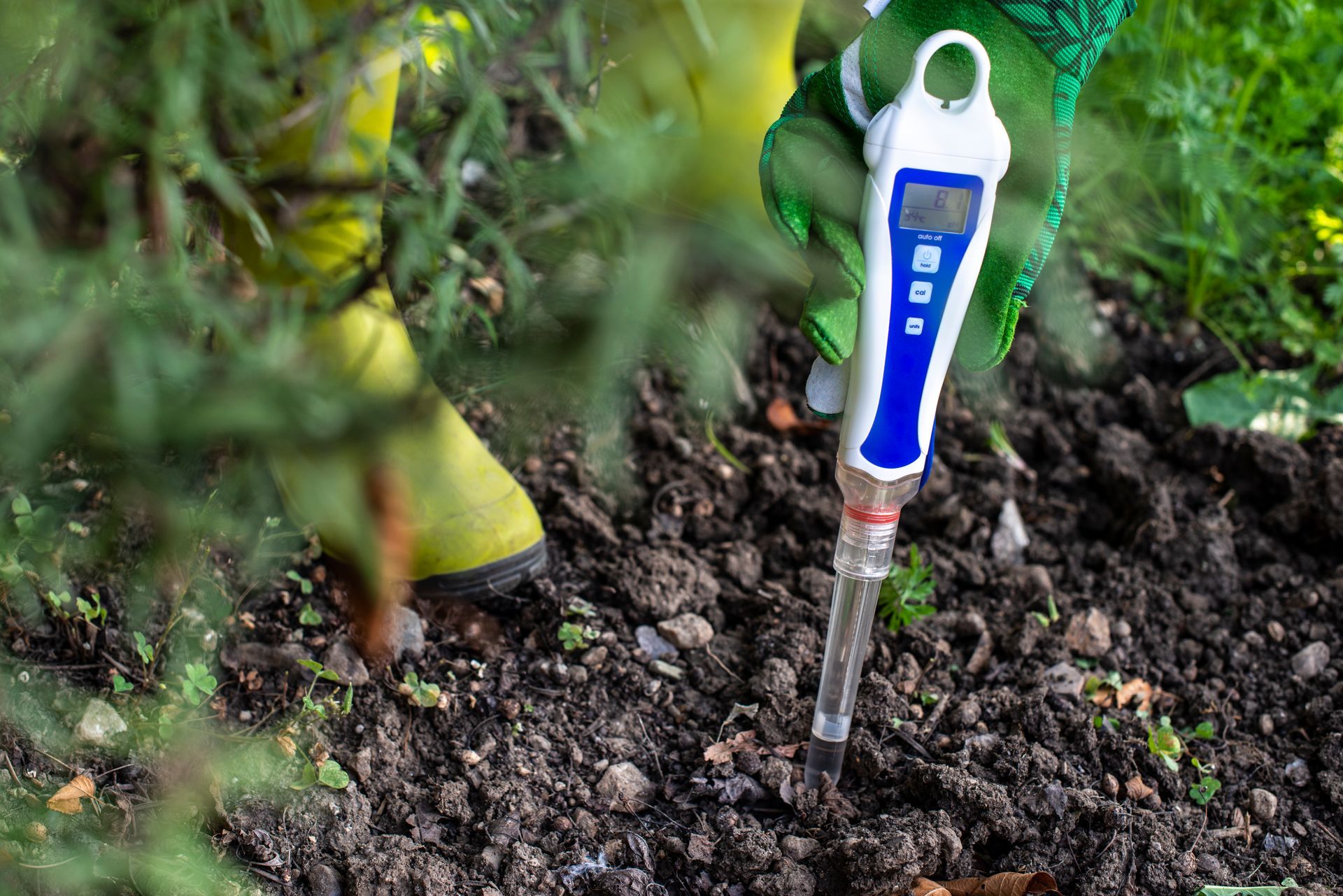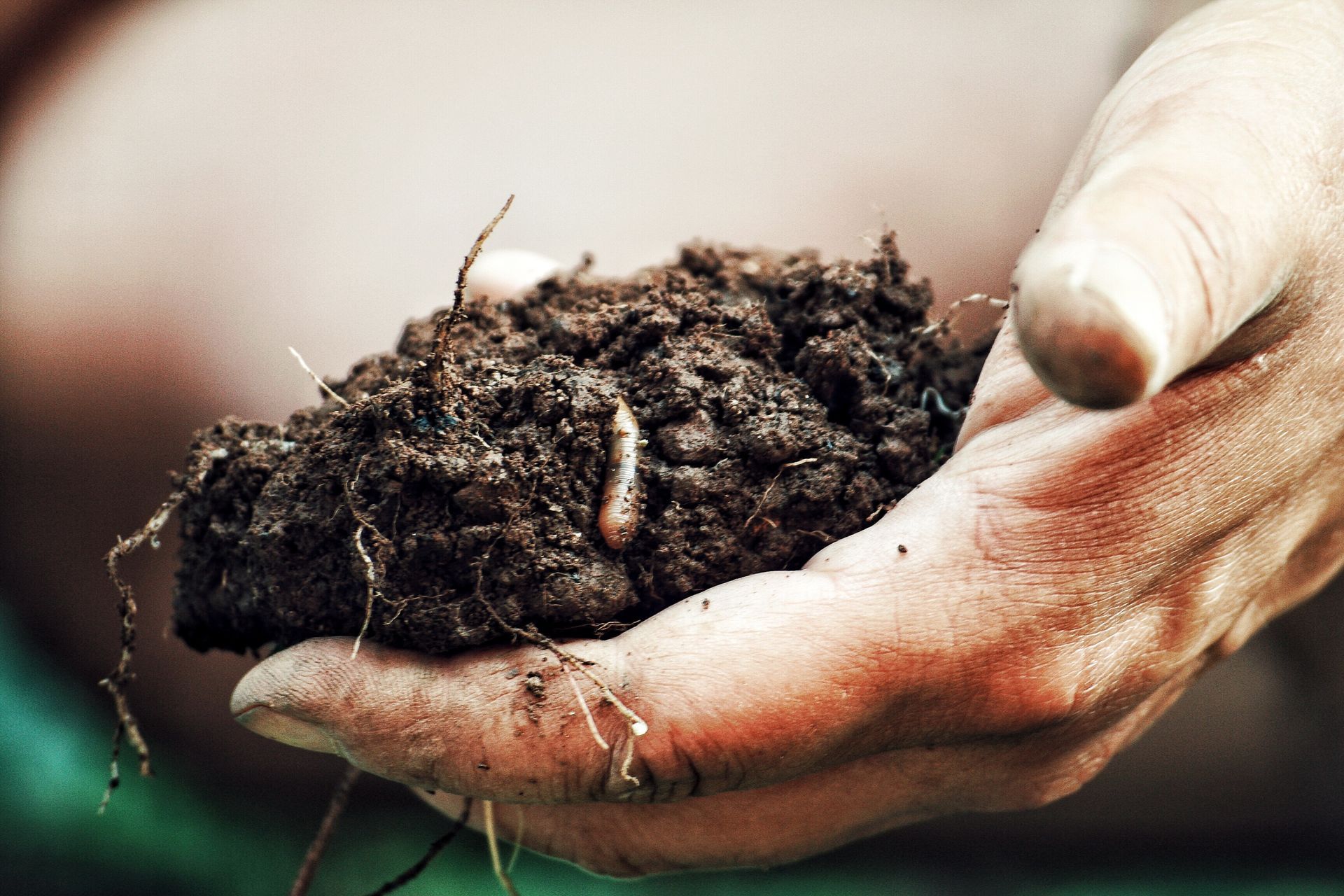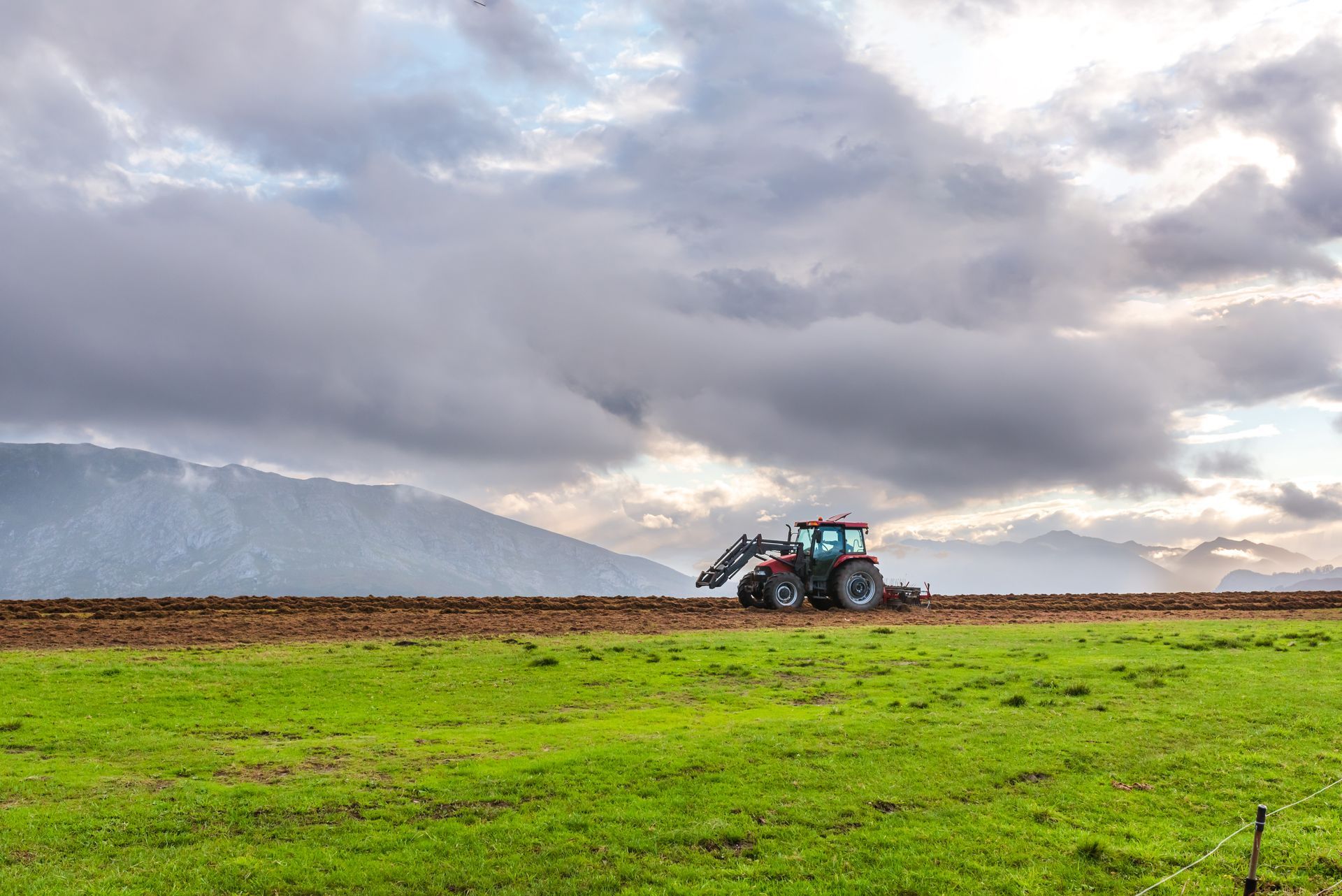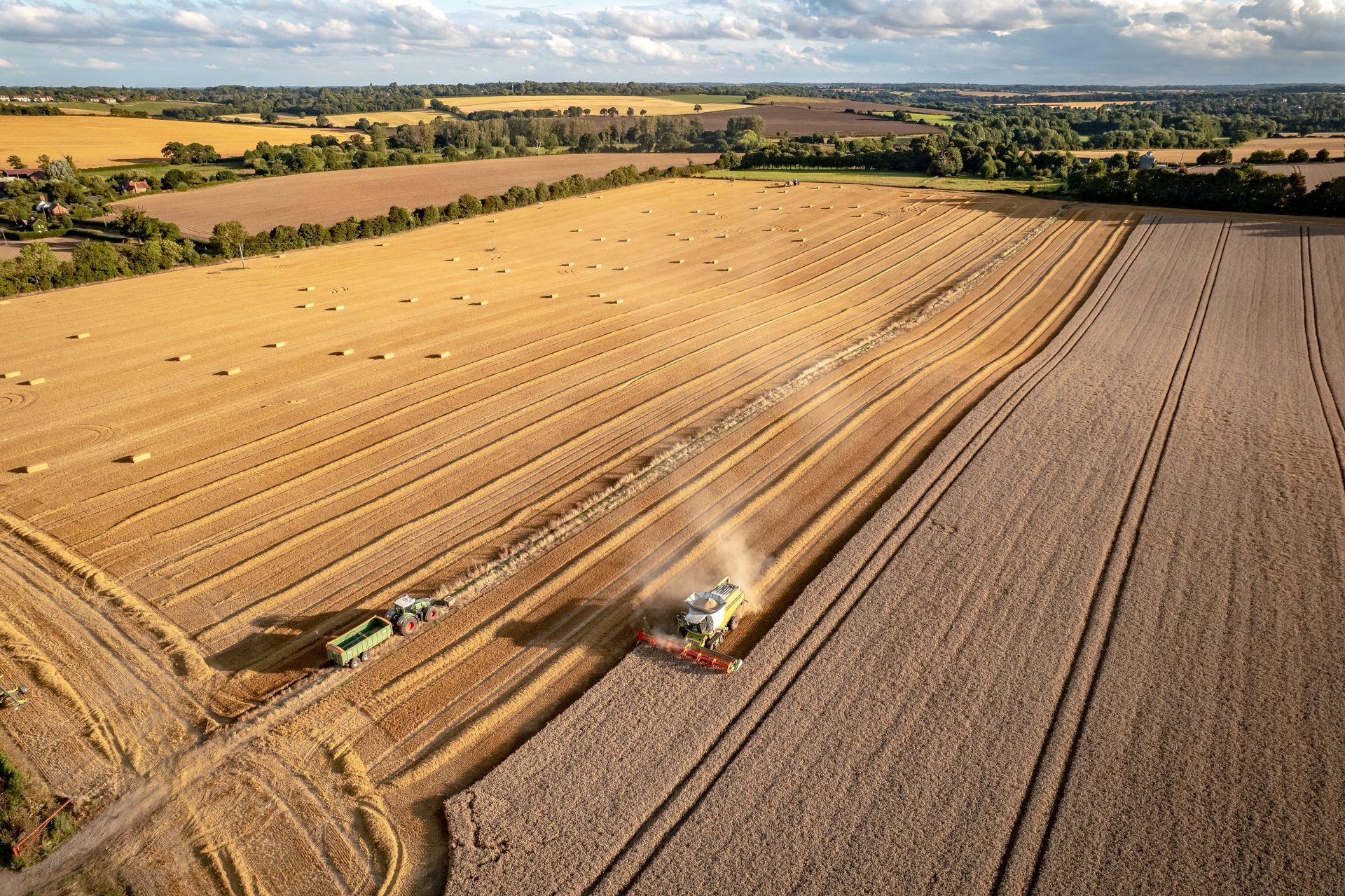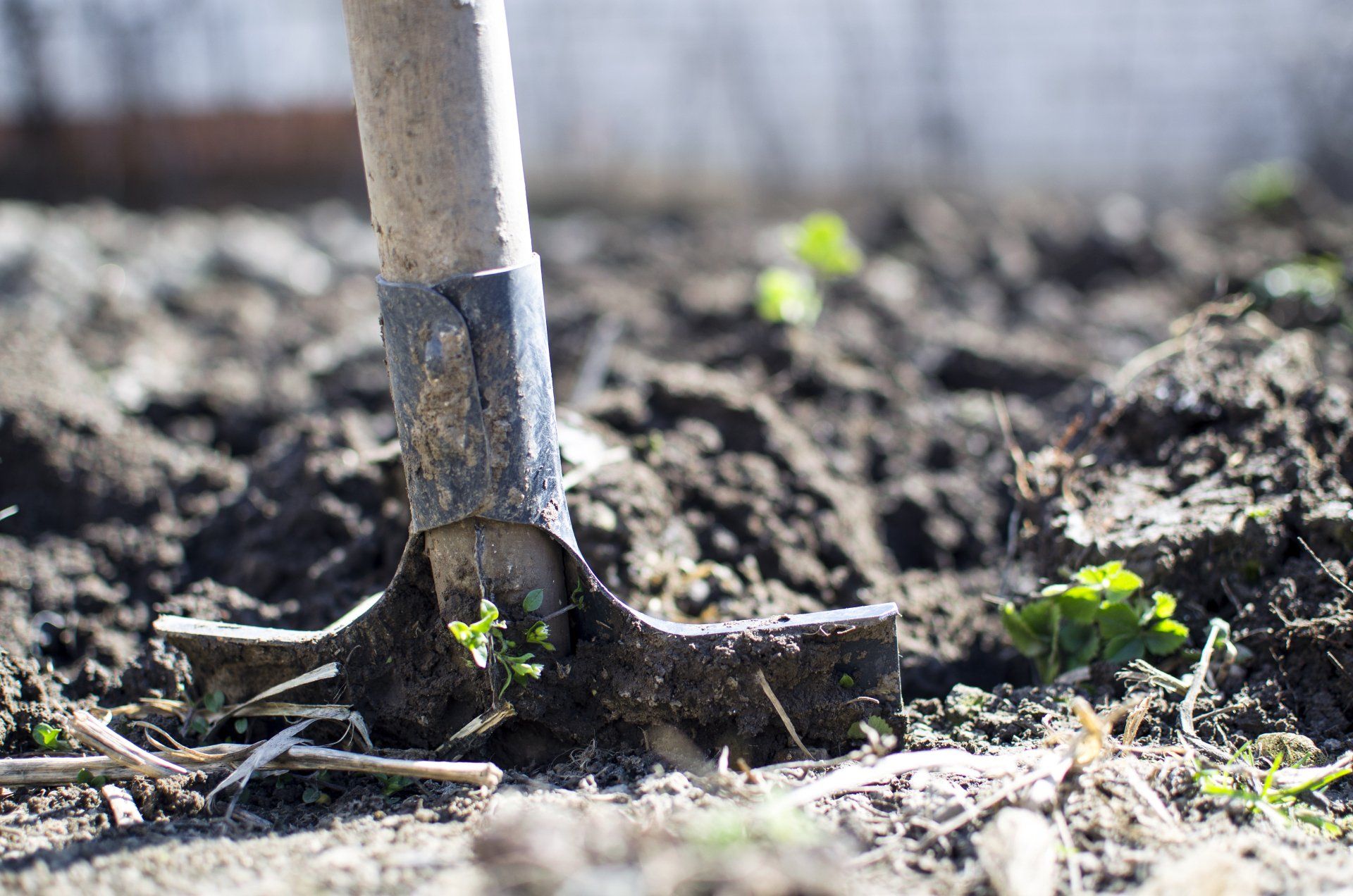An Overview of Soil Drainage
When it comes to ensuring successful agricultural outcomes, few things are more important than soil drainage. Soil drainage is the process in which water naturally moves through soil. Drainage is directly related to gravity, and local soil drainage conditions will have a huge impact on crop yield and which plants are best suited to a particular area.
Why Soil Drainage Matters
Plants need water to thrive. However, water needs to move through and out of the soil to promote healthy growth. After water is removed, air will move into the space that was previously filled by the water. This natural aeration promotes the growth of beneficial organisms in the soil, while also enhancing the health of plant roots. Poor drainage could cause soils to become oversaturated, or result in excess surface runoff. Such situations will directly harm the health and growth of your crops.
Taking Control of Soil Drainage
Soil drainage is largely controlled by existing soil composition and gravity. Adjusting the slope of the soil, installing drainage pipes, and strategic tilling are just a few of the options that can be used to adjust water retention to improve organic matter retention and nutrient recycling. The right solution will vary based on the current soil conditions.
If you need help improving your own agricultural property’s soil drainage,
contact Richland Micro Drainage. With innovative solutions tailored to multiple farming styles, a custom-designed mixture of surface and subsurface products, as well as GPS-guided soil grading, our solutions will ensure optimal outcomes for your crops.
